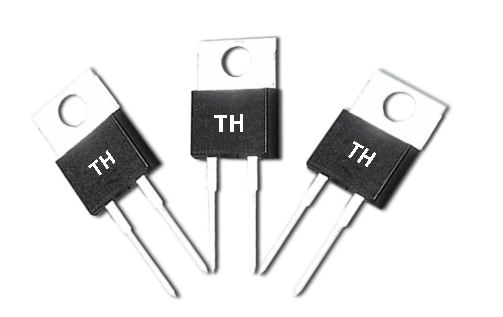Unveiling the Shadows: The Most Common Problem with OLED TVs and How to Overcome It
In the realm of modern television technology, OLED (Organic Light Emitting Diode) TVs have emerged as a frontrunner, captivating audiences with their stunning picture quality, vibrant colors, and deep blacks. However, despite their many advantages, OLED TVs are not without their challenges. Among these, one issue stands out as the most common: screen burn-in. This article delves into the intricacies of this phenomenon, its causes, and practical solutions to mitigate its effects, ensuring you can enjoy your OLED TV to its fullest potential.
Understanding OLED Technology
Before addressing the problem of screen burn-in, it is essential to understand how OLED technology works. Unlike traditional LCD TVs that rely on a backlight to illuminate pixels, OLED TVs utilize organic compounds that emit light when an electric current passes through them. This allows for individual pixel control, resulting in exceptional contrast ratios and color accuracy. However, this very characteristic also makes OLEDs susceptible to burn-in.
What is Screen Burn-In?
Screen burn-in occurs when static images are displayed for extended periods, causing uneven wear on the OLED pixels. This leads to a ghostly imprint of the static image remaining on the screen, even when the content changes. Common culprits include channel logos, video game HUDs (heads-up displays), and news tickers. While modern OLEDs have improved significantly in mitigating this issue, it remains a concern for users who frequently watch content with static elements.
Causes of Screen Burn-In
- Static Content: Prolonged exposure to static images is the primary cause of burn-in. For instance, if you watch a news channel with a persistent logo or play video games with a static HUD, the pixels responsible for displaying those elements can degrade faster than others.
- High Brightness Settings: Operating your OLED TV at maximum brightness can exacerbate the burn-in issue. Higher brightness levels increase the wear on the organic compounds, making them more susceptible to uneven aging.
- Inadequate Screen Refresh: OLED TVs often come equipped with features designed to minimize burn-in, such as pixel shifting and screen savers. However, if these features are not utilized or configured properly, the risk of burn-in increases.
Preventive Measures
While screen burn-in can be a significant concern, there are several strategies to minimize its risk:
- Avoid Static Images: Be mindful of the content you consume. Try to avoid leaving static images on the screen for extended periods. If you watch news channels or play video games, consider using features that minimize static elements.
- Adjust Brightness Settings: Lowering the brightness of your OLED TV can significantly reduce the risk of burn-in. Many manufacturers recommend setting the brightness to a moderate level, which not only helps prevent burn-in but also extends the lifespan of the display.
- Utilize Screen Protection Features: Most modern OLED TVs come with built-in features designed to combat burn-in. These include pixel shifting, which subtly moves the image on the screen to prevent static elements from wearing out the same pixels, and screen savers that activate during periods of inactivity. Ensure these features are enabled and configured correctly.
- Regularly Change Content: Varying the type of content you watch can help distribute pixel usage more evenly. Consider alternating between different genres, such as movies, sports, and documentaries, to prevent any one image from dominating the screen time.
- Use Dark Mode: Many streaming services and applications offer a dark mode option. Utilizing this feature can help reduce the brightness of static elements, thereby decreasing the likelihood of burn-in.
Conclusion
While OLED TVs offer an unparalleled viewing experience, the risk of screen burn-in is a reality that potential buyers should consider. By understanding the causes of this issue and implementing preventive measures, you can enjoy the stunning visuals of your OLED TV without the fear of permanent damage. As technology continues to evolve, manufacturers are likely to develop even more advanced solutions to combat burn-in, making OLED TVs an increasingly viable option for home entertainment. Embrace the brilliance of OLED technology, but do so with awareness and care to ensure a long-lasting and enjoyable viewing experience.






